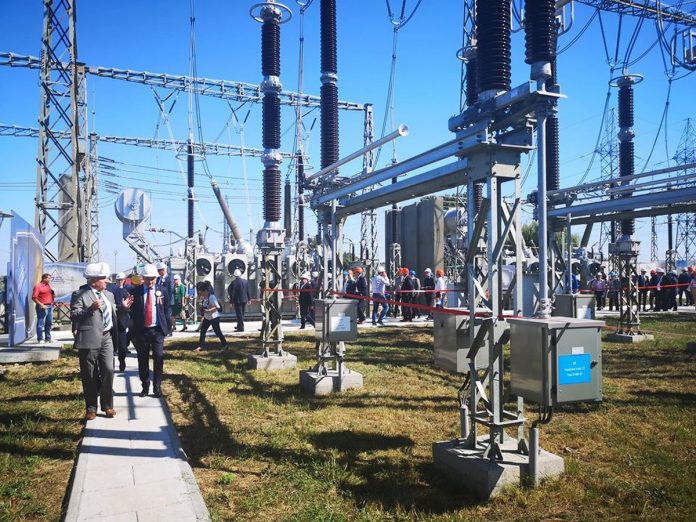Switching all consumption to electric leads to the highest costs for citizens, while the lowest costs are obtained in the situation of partial switching to electric cars, heating with heat pumps of new buildings and individual houses and development of district heating networks, reveals the results of a study conducted by the Intelligent Energy Association (AEI).
Thus, the first study on the energy conversion of a city in Romania into full-electric, conducted by the Intelligent Energy Association, shows that this is the most expensive solution (656 million euros at municipal level + 15,000 euros for each family), brings the highest increases in energy cost (78%) and has the greatest impact on the family budget compared to other energy solutions (21%, compared to 14% currently).
Basically, the study analyzed three scenarios: full electric, energy mix with district heating and energy mix without energy heating, and the first scenario attracts the largest increases in energy costs for the population in the next 25 years.
Analyzing the share of energy costs in the budget of a family of two people who have an average income, assuming that there will be no increase in real incomes in the next 25 years, it can be seen that currently 14% of revenues are spent on energy and fuel, and in 2050 the share of energy and fuel expenses will be as follows: 16% for Scenario 2 – energy mix with district heating; 19% in the case of Scenario 3 – energy mix without district heating; 21% in the case of Scenario 1 – switching to full electric.
This was the first study on the energy conversion of a city in Romania into full-electric, conducted by the Intelligent Energy Association, at the request of the Federation of Energy Utilities Companies’ Associations (ACUE).
AGERPRES




